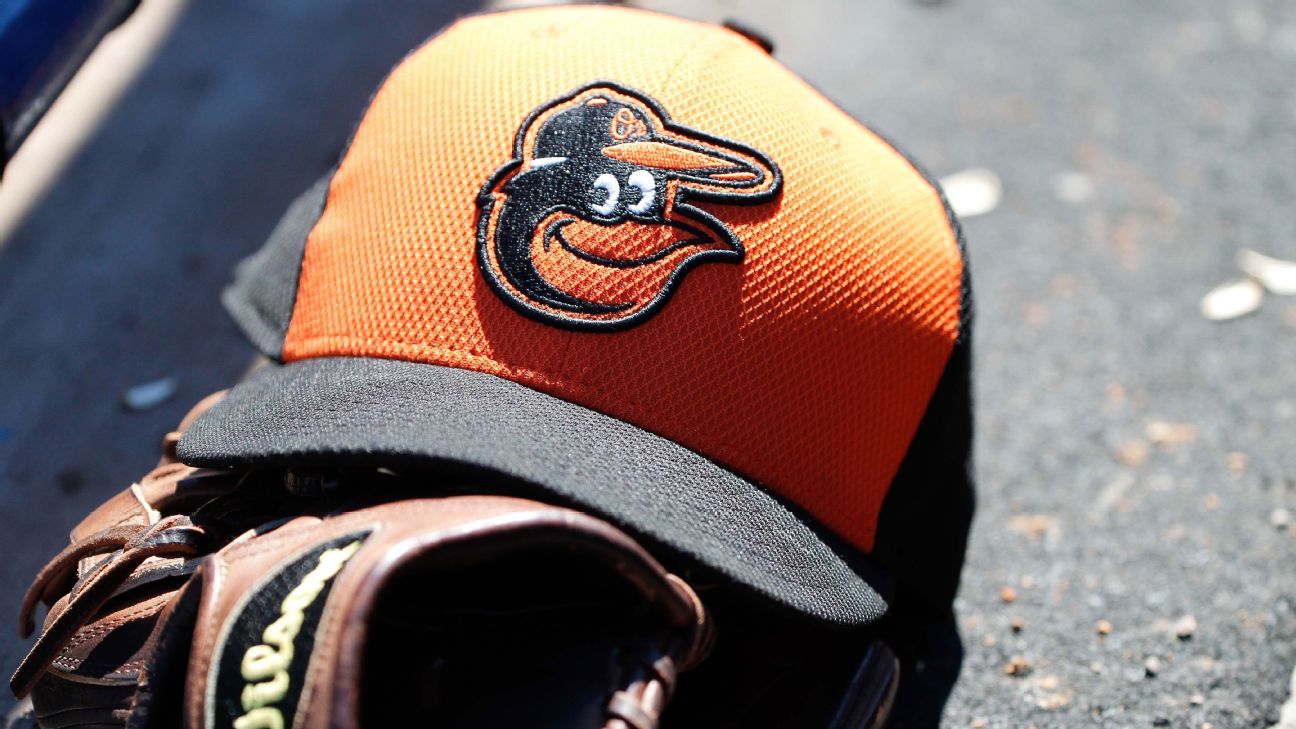
The races for the final spots in the 2023 World Baseball Classic quarterfinals are coming down to the last days of pool play and, thanks to the tournament's unique five-team groups, several WBC tiebreaker scenarios could come into play.
So what happens should either Pool C (which the United States currently leads with Mexico, Colombia and Canada tied for second) or Pool D (which Venezuela leads followed by Puerto Rico, the Dominican Republic and Israel) end in a two-, three-, four- or even a five-way tie?
Yes, a five-team tie is possible -- and it would be the second one this WBC, after every team in Pool A finished with a 2-2 record; Cuba and Italy moved on via tiebreakers. So really, anything is possible.
Here is how the WBC tiebreakers work, and what it means for the teams in both remaining groups.
WBC standings | Schedule & results | Power Rankings
WBC tiebreaker rules
Two-team tiebreaker: Head-to-head record.
This is pretty simple. If two countries are tied in the standings, the team that won their pool-play matchup moves on.
But what happens if three or more teams are tied in the standings? This is where things get more complicated.
Multiteam tiebreaker No. 1: Lowest quotient of runs allowed divided by the number of defensive outs recorded in games between the teams that are tied.
OK, so what does that mean?
Instead of using overall run differential, this WBC tiebreaker comes down to how many runs your team allowed against the other teams that it is tied with (the added math of dividing by the number of outs recorded helps account for extra-innings games or those shortened by a run rule).
Using the five-way tie in Pool A as an example, Cuba gave up 15 runs and recorded 108 outs in four pool games (which all counted toward the tiebreaker, since all five teams had the same record). The average of .139 runs allowed per out was the best rate in the group so Cuba moved on (Italy was next at .157, so it also advanced).
Multiteam tiebreaker No. 2: Lowest quotient of earned runs allowed divided by the number of defensive outs recorded in games between the teams that are tied.
If you follow the formula for tiebreaker one, this second one is actually quite simple. It is the same idea, just using only earned runs allowed instead of total runs allowed.
Multiteam tiebreaker No. 3: Highest batting average in games between the tied teams.
If the teams are still tied after using both formulas for runs allowed, offensive performance finally comes into play. Next, we'll turn to the batting average each team posted against the other teams in the tiebreaker.
Multiteam tiebreaker No. 4: The drawing of lots between the tied teams.
Yes, you read that right. In the very unlikely event that the previous tiebreakers don't solve things, the team(s) that move on will be decided by essentially picking names out of a hat. Given the detail of the first three tiebreakers, it seems almost impossible ... but hey, you never know, right?
So how could all of this come into play for the nations battling for the remaining quarterfinal spots? Let's take a look at the two groups still playing opening-round games.
What it means for the United States, Mexico and Pool C
United States 2-1
Mexico 1-1
Canada 1-1
Colombia 1-1
Great Britain 1-2
Team USA's blowout win over Canada coupled with a surprising Great Britain upset of Colombia on Monday night made the United States' path much clearer. If Team USA beats Colombia on Wednesday night, it advances with a 3-1 record. Mexico could also finish 3-1 and would get the first spot in the quarterfinals by virtue of a head-to-head win.
But a loss to Colombia and a 2-2 record for the U.S. could spell big trouble. Colombia and Mexico would still be capable of finishing 3-1 and claiming the two quarterfinal spots -- and even if one fell to 2-2, the U.S. would not hold either head-to-head tiebreaker (in this scenario, Canada and Great Britain both would finish 1-3).
If multiple teams finish 2-2, the United States' fate likely will depend on which other teams are in the tiebreaker -- head-to-head and runs allowed will come into play since the U.S. blew out Canada 12-1, played a fairly tight game with Great Britain and gave up 11 runs in a loss to Mexico.
Mexico, Canada and Colombia all have multiple games left (whereas the U.S. and Great Britain only have one), so it is too early to go into detail on their specific scenarios quite yet. Tune back in for an update when their scenarios become clearer.
What it means for the Dominican Republic, Puerto Rico and Group D
Venezuela 2-0
Puerto Rico 2-1
Israel 1-1
Dominican Republic 1-1
Because Nicaragua is already 0-3, there are only four teams that could move on from this pool, and the five-team tie is not a possibility.
Venezuela is a safe bet to move on, considering it has already defeated the two other favorites in this group -- Puerto Rico and the Dominican Republic -- and needs only to beat Nicaragua on Tuesday afternoon to guarantee a quarterfinal spot.
That all means the most intrigue in this group is likely to come in the battle between Puerto Rico, the Dominican Republic and Israel for one remaining spot. These teams have all already played Nicaragua and Israel is the only one with a game against Venezuela remaining, so head-to-head matchups in Miami over the next two days -- including a potential winner-moves-on battle between the DR and Puerto Rico on Wednesday night -- will go a long way in deciding who advances.















 Phone: (800) 737. 6040
Phone: (800) 737. 6040 Fax: (800) 825 5558
Fax: (800) 825 5558 Website:
Website:  Email:
Email: 






